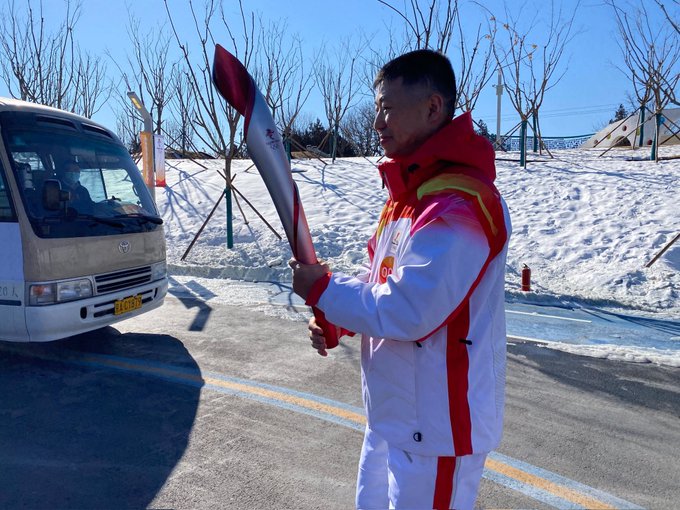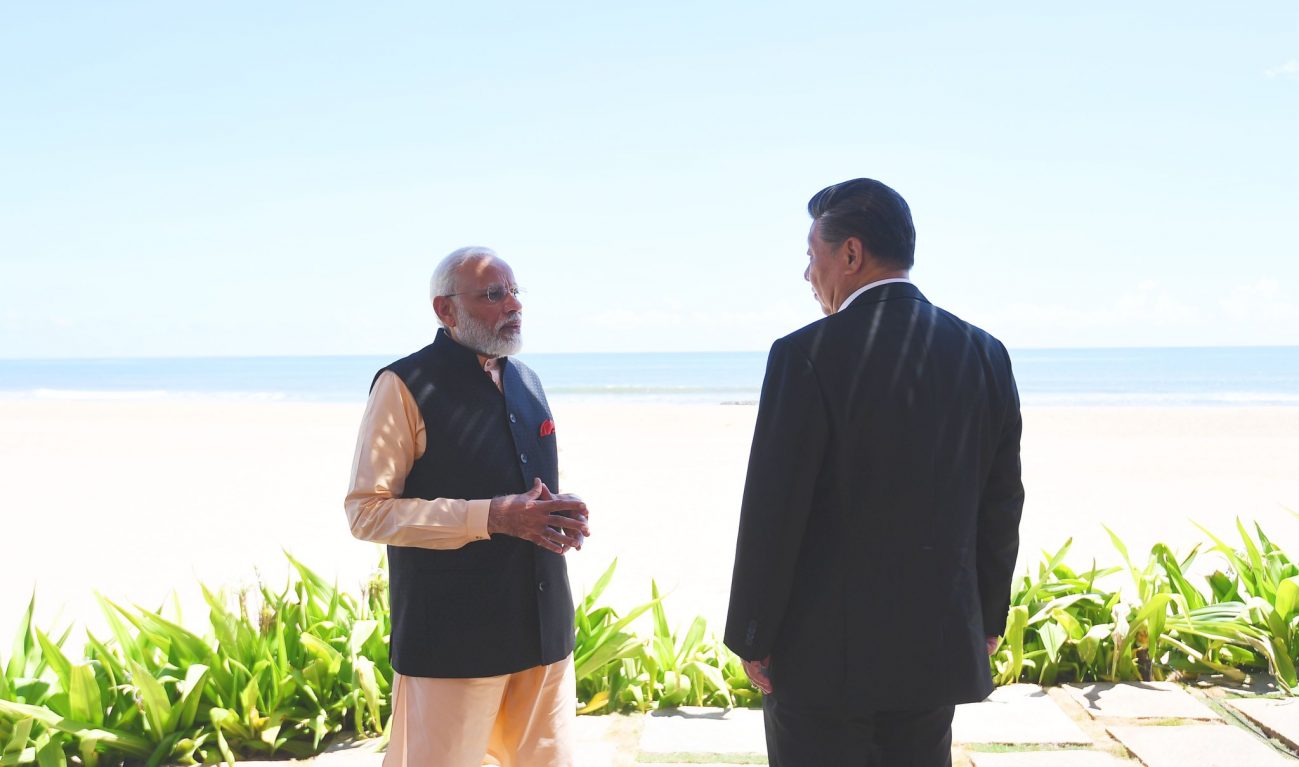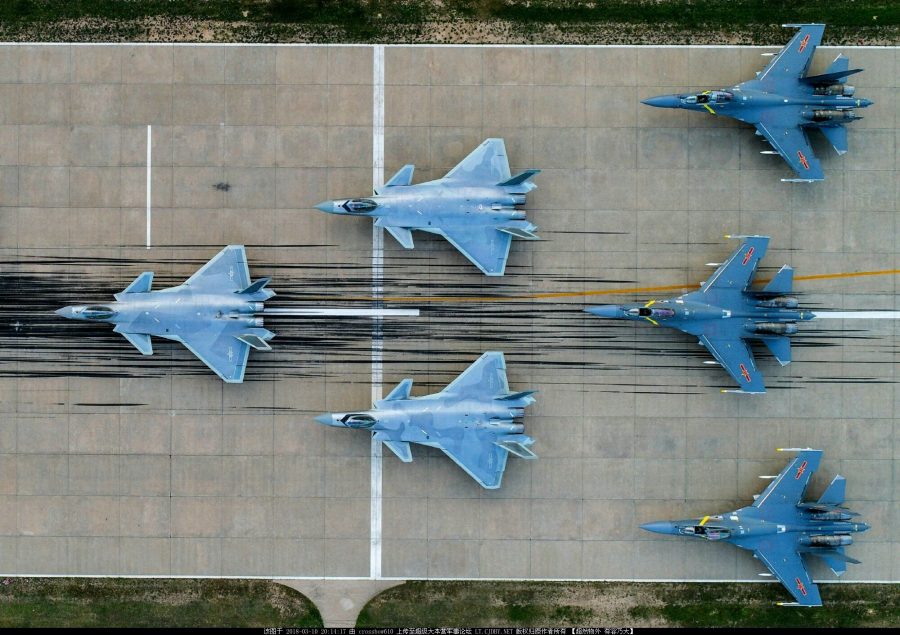In February 2021, about eight months after the India-China Galwan valley clash, Beijing officially admitted that it had suffered four casualties. On June 15, on the second anniversary of the deadly conflict, tributes were paid to the slain soldiers.
On the second anniversary of the Galwan Valley clash, comrades-in-arms of border defense heroes and many Chinese netizens paid tribute to the martyrs, hailing them as true role models for the younger generation, read the Global Times report.
Earlier, there were speculations that about 40-50 Chinese soldiers had died in the India-China border clash.
“China lost 42 soldiers in the June 2020 Galwan Valley clash, said NDTV quoting a report by Australian newspaper “The Klaxon.” The report, released earlier this year, was put together by social media researchers.
The Central Military Commission of China commended the service members in February 2021 for their bravery in repelling foreign forces’ provocations in the Galwan Valley.
Battalion Commander Chen Hongjun was posthumously awarded the “Border-Defending Hero” title, while Chen Xiangrong, Xiao Siyuan, and Wang Zhuoran received first-class awards.

Until now, China has officially only talked about the Regimental Commander Qi Fabao, who was seriously injured in the clash, while remaining tight-lipped about other soldiers killed in the incident.
Qi Fabao was also chosen by the Chinese government as the torchbearer for the Beijing Olympics this year.
However, on the second anniversary of the deadly incident, Chinese-state media CCTV released a video to the public with images of the martyrs for the first time. The video carried pictures of Chen Xiangrong and his comrades-in-arms. According to Chinese state media, Chen was one of the martyrs who gave his life to defend Chinese territory.
“Every time I took a photo of him, he smiled at me,” said Chen Wei, one of Chen Xiangrong’s comrades-in-arms who took the picture. “Why didn’t I take more photos of him?” Chen Wei lamented.
The comrades-in-arms of another slain soldier, Wang Zhuoran, shared the hero’s story on June 15, inspiring other officers and soldiers to learn from him, practice skills, and fight for the motherland and the people.
On June 15, various government media outlets, including People’s Daily, used a variety of hashtags. “Second anniversary of the troops who were martyred while protecting the country’s border” was among the newspaper’s most popular hashtags. According to BBC, it had been read over 80 lakh times by 3 pm on June 15.
Apart from that, another widely used hashtag was “We will never forget you.”
In addition, people shared a photo of the four Chinese soldiers killed in the Galwan Valley clash on Chinese social media. A battle reenactment was also conducted at the command, showcasing how the heroes defended the country and guarded the border to inspire others to do the same.

Chinese Tribute
On Wednesday, the People’s Liberation Army Western Theater Command published an article saying, “Two years on, we still miss you very much,” referring to June 15, 2020, as a date that will go down in border defense history.
In the aftermath of the incident, the report stated that Chinese border officers and soldiers displayed restraint and did their best to protect the general interests of bilateral ties and tranquility in border areas, despite illegal provocations from the other side.
It further added that desperately fighting back the aggression, the border guards won significant triumphs and effectively safeguarded national sovereignty and territorial integrity.
The development comes shortly after China’s State Councilor and Defense Minister Wei Fenghe declared at the Shangri La dialogue that China bore no responsibility for any border conflicts between the two sides.
The Western Theater Command also shared updates from the heroes’ relatives. For example, the battalion commander Chen Hongjun’s son held a portrait of his father while calling him. The touching moment moved many internet users in China.
“They have never been far away, and we have never forgotten,” a netizen said on Chinese Twitter-like Weibo, while another said: “Pay tribute! We’ll always remember you.”
Meanwhile, People’s Daily on Weibo wrote in a post, “Qi Fabao was seriously injured during the Galwan Valley violence on June 15, 2020, and Chen Hongjun, Chen Xiang Rong, Xiao Siyuan, and Wang Zhuo Ran were killed as heroes.”
The Hubei Daily, the official newspaper of the party’s Provincial Committee, shared the same post.
This issue piqued the interest of social media users as well. More than 5.5 lakh users used the hashtag “Second anniversary of Galwan Valley” to convey their thoughts and dedication to the Chinese motherland. People praised the four soldiers who” gave their lives to safeguard the homeland.
The media had remained tight-lipped on casualties suffered by the PLA in the Galwan Conflict of 2020; it has now undertaken a tectonic shift in its stand. The official Chinese narrative has slowly shifted from denying casualties to acknowledging, honoring, and glorifying them by bringing their family and comrades into the picture.
All these tributes come in the wake of a continuing Chinese build-up along the Line of Actual Control (LAC).

Chinese Build-up Continues
EurAsian Times had recently reported that the PLA Air Force has roughly two dozen frontline combat aircraft stationed at its Hotan air base in the Eastern Ladakh sector, including the J-11 and J-20 stealth fighter jets.
China is also reportedly building a second bridge across the Pangong Tso Lake on its side, which will allow it to quickly deploy troops and transport armored columns in the event of a military conflict with India.
Beijing has also stoked a fresh controversy by constructing a new airport in the Xinjiang region.
?? In China, the construction of the high-mountain dual-purpose Tashkurgan airport (Xinjiang Uygur Autonomous Region, China) focused on Central Asia has been completed. pic.twitter.com/iveFR0RzVj
— 吴小平 (@SilingWu) June 11, 2022
Tashkurgan Airport is the first high plateau airport in Xinjiang and one of China’s highest airports, standing at 3,258 meters above sea level. According to reports, the airport will be completely operational in July 2022.
In addition, the Chinese Air Force is building new airfields close to the Indian territory. From Ladakh in the north to Arunachal Pradesh in the northeast, the People’s Liberation Army Air Force (PLAAF) has stretched itself along the Line of Actual Control.
- Contact the author at sakshi.tiwari9555@gmail.com
- Follow EurAsian Times on Google News




